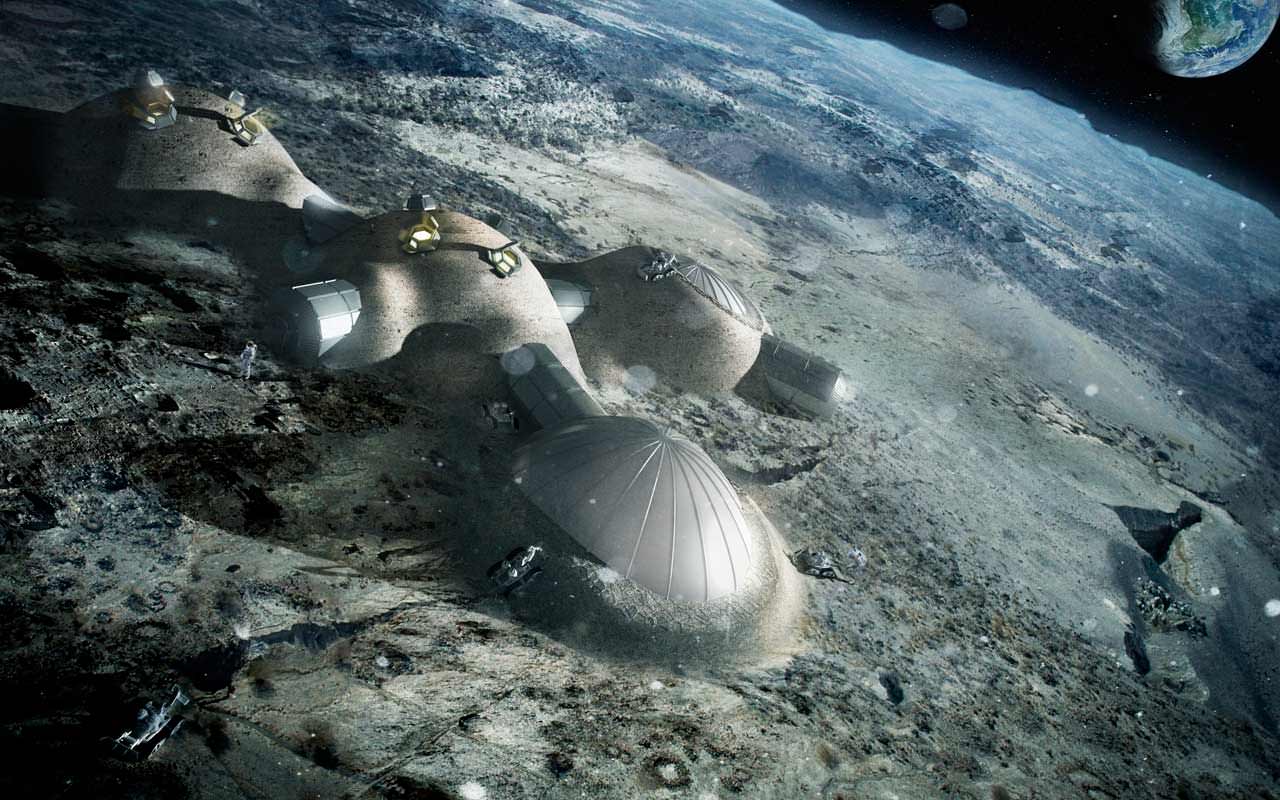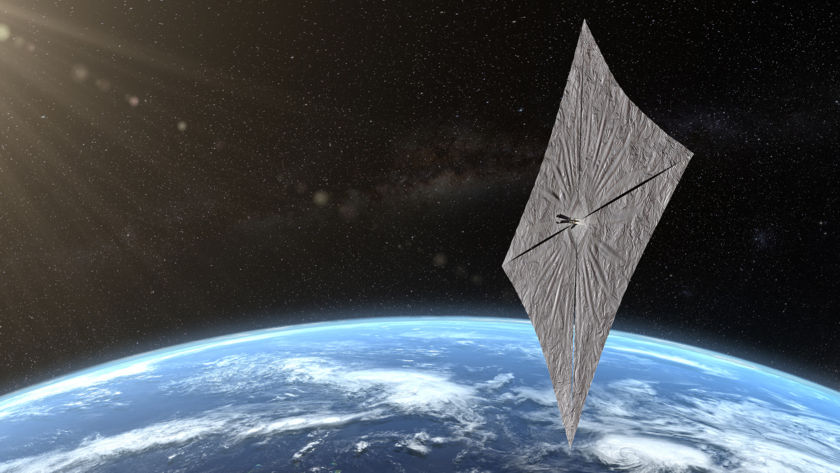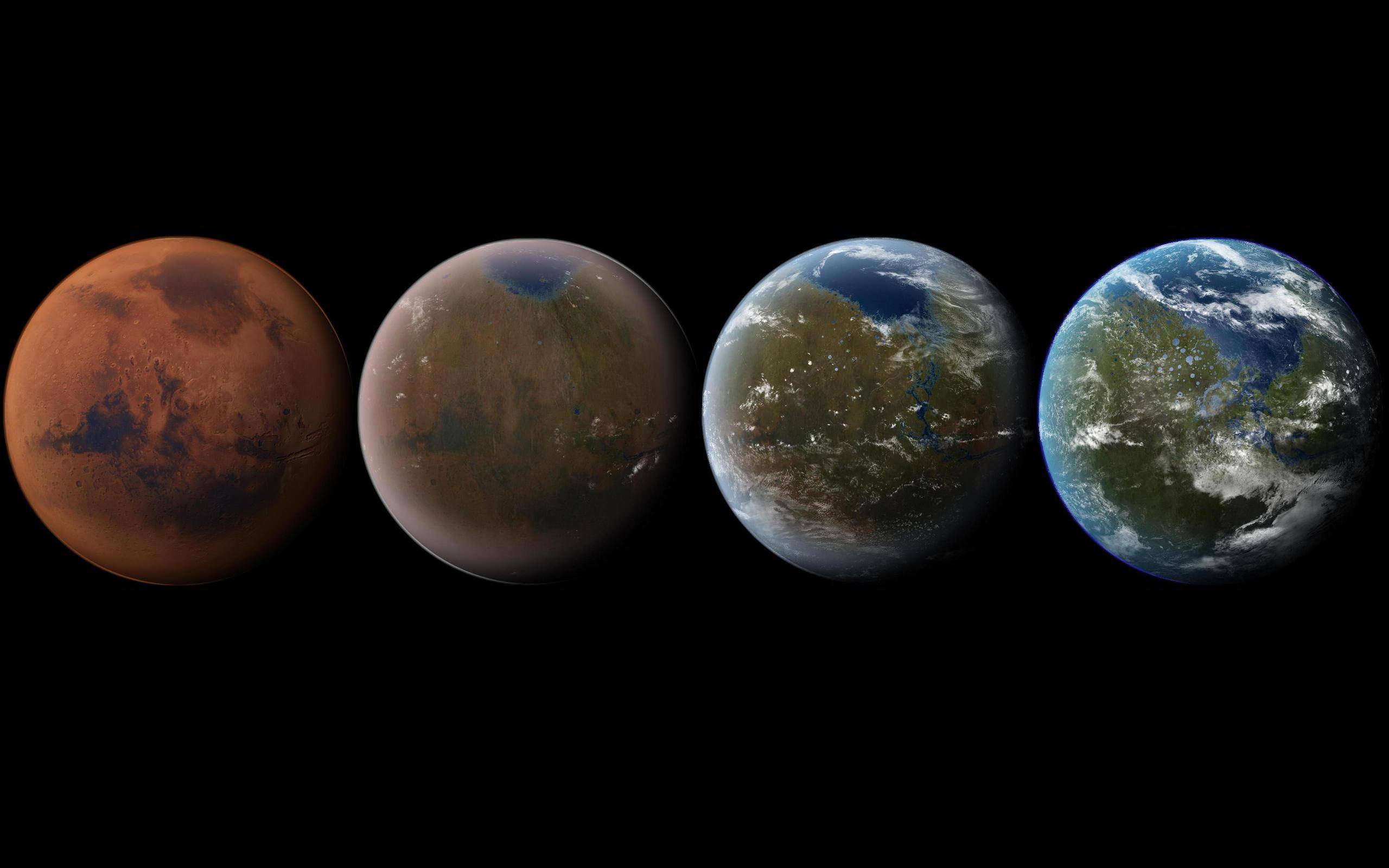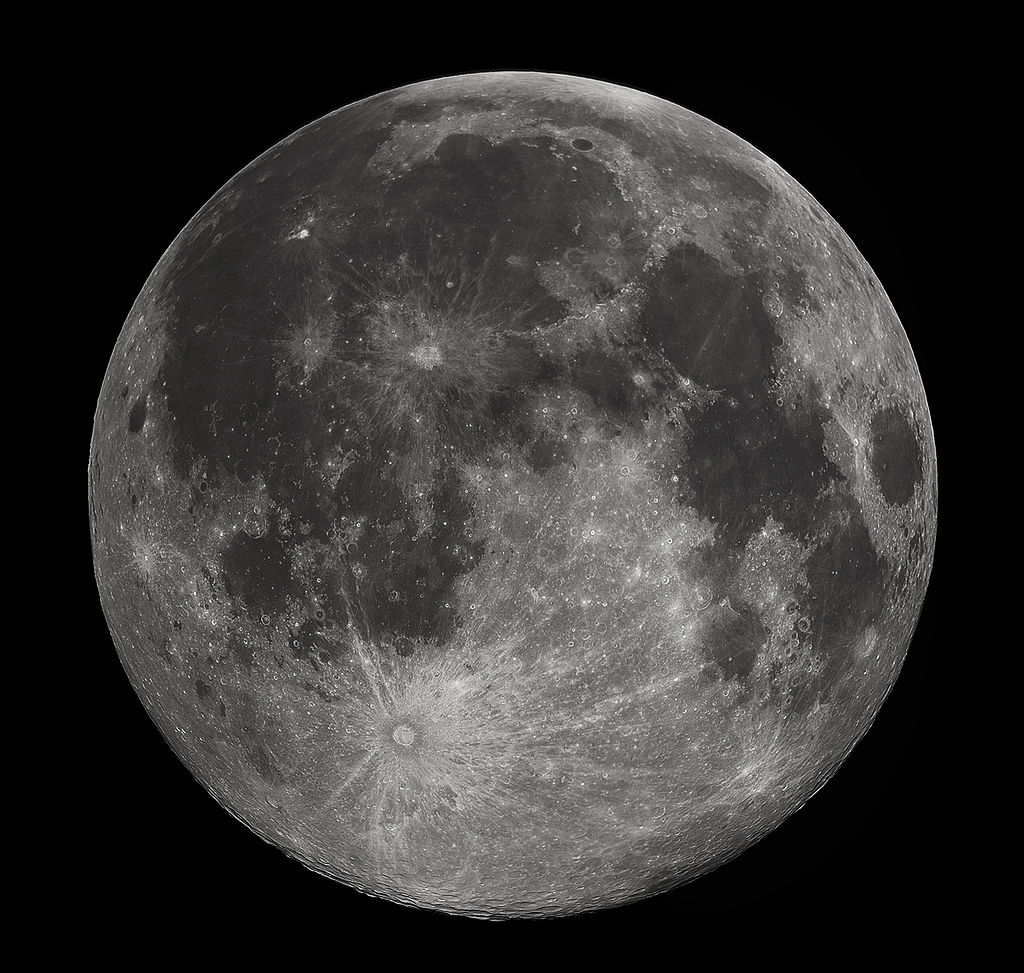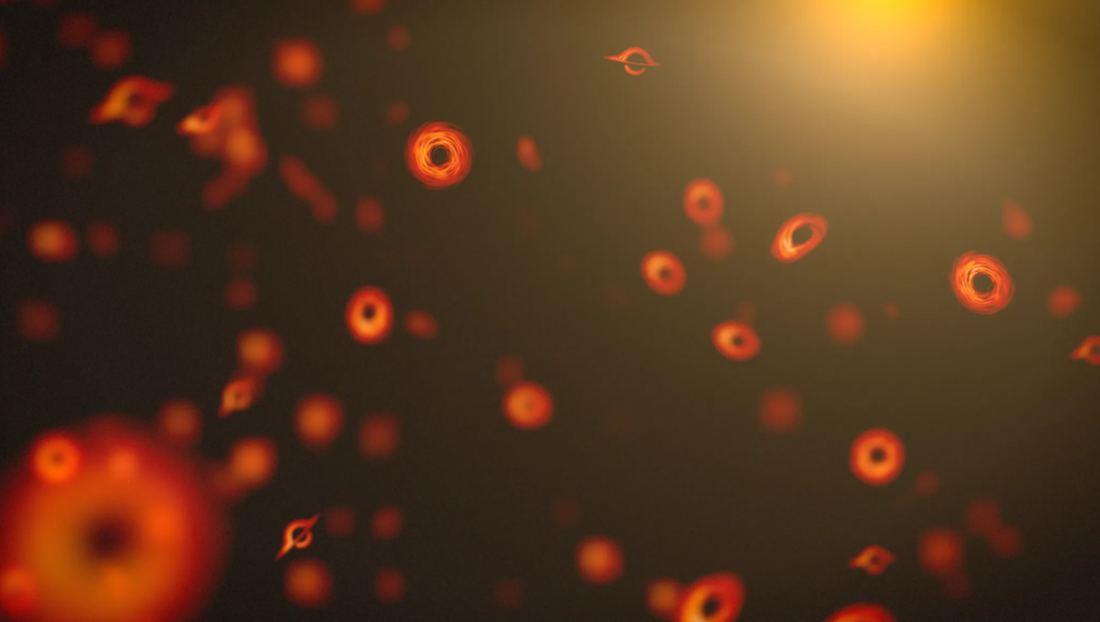The idea of terraforming Mars, making its atmosphere and environment more Earth-like for human settlement, goes back decades. During that time, many proposed methods have been considered and put aside as “too expensive” or requiring technology well in advance of what we have today. Nevertheless, the idea has persisted and is often considered a part of long-term plans for establishing a human presence on Mars. Given the many plans to establish human outposts on the Moon and then use that infrastructure to send missions to Mars, opportunities for terraforming may be closer than we think.
Unfortunately, any plans for terraforming Mars suffer from unresolved hurdles, not the least of which are the expense, distance, and the need for technologies that don’t currently exist. Triggering a greenhouse effect and warming the surface of Mars would take massive amounts of greenhouse gases, which would be very difficult and expensive to transport. However, a team of engineers and geophysicists led by the University of Chicago proposed a new method for terraforming Mars with nanoparticles. This method would take advantage of resources already present on the Martian surface and, according to their feasibility study, would be enough to start the terraforming process.
Continue reading “New Study Shows Mars Could be Terraformed Using Resources that are Already There”


